Artwork and visual symbolism seen in a church building often make a confession long before parishioners hear what is confessed in the liturgy. Some of the symbolic meaning, however, may be lost to us. This is the second of nine articles devoted to those images which we often see — but may not always understand — in the sanctuary.
Everyone loves angels almost as much as they love marshmallow fluff. Angel figurines come out of the woodwork and red storage bins before Christmas and decorate our homes. Some end up topping Christmas trees. Folks dote on well-behaved children and call them “little angels,” even though parents are more inclined to have differing opinions of their progeny. Some hear the tinkling of little bells and instantly think of angels’ wings. Upon the death of a loved one, many declare that their young ones have “gotten their wings” and that heaven has “received another angel.” Not so.
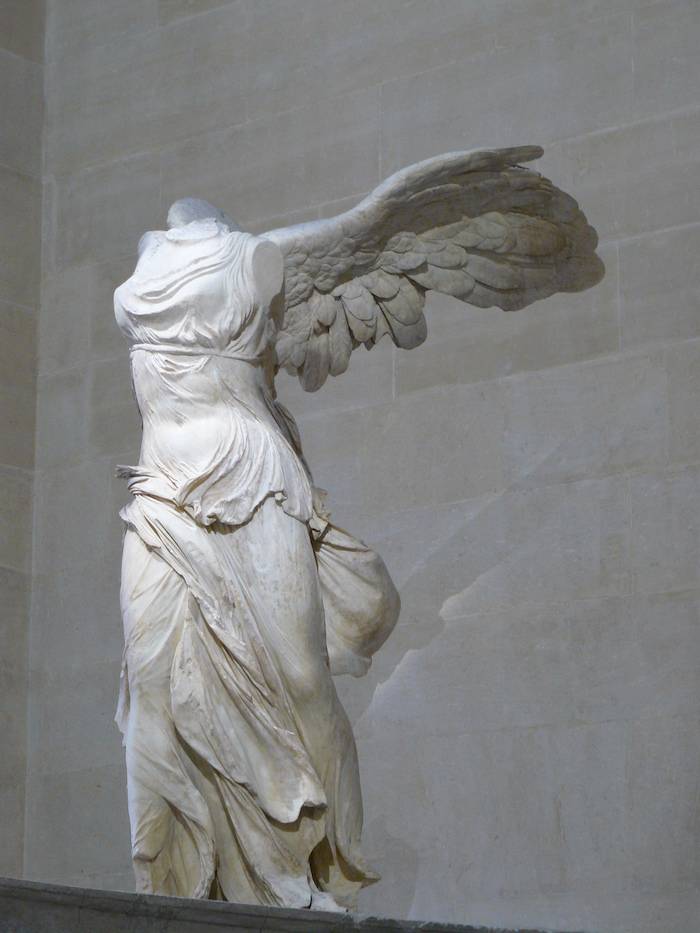
Christ Jesus did not die for angels — He died for us poor, miserable, human sinners. There is no reason for us to aspire to something outside of our Savior’s eternal love for us. Neither is there reason to think we become angels or reincarnate as bunnies or hedgehogs when we die. Other religions may believe that, but Scripture does not speak this way.
We have, however, been so inundated with non-biblical imagery of angels that it is no wonder we admire them so much. Somewhere along the line, a bored artist decided to make angels look like someone men might want to ask out on a first date. Striking beauty, rosy cheeks, flowing blonde hair and fiber optic wings have become the accepted ideal, and, unfortunately, it has lulled our stupid brains into a false perception of angels.
Something in my gut tells me the average guy would not want to be visited by an angel of biblical proportions, much less ask one out on a date. Killing machines with six wings, executing the will of the Lord perfectly, and named Raphael or Michael, do not sound like the ideal dates. How did this poor vision of reality take over Christian artwork?
Renaissance excesses
We may thank the Renaissance for this, along with its artists’ abuse of artistic license. Renaissance artists sought to return to all things Classical, including Classical Greek and Roman art, architecture and culture. Those who could speak Classical Greek and Latin were considered “cool kids.” These Renaissance artists pulled much Greek and Roman art out of context and used it in Christian artwork.
The sculpture, “Nike of Samothrace,” a Greek sculpture created during the second century B.C., displays many of these Hellenistic ideals. This sculpture, along with similar pagan figures, likely became a Renaissance model for biblical angels. The Renaissance artists adopted the figure’s two wings, flowing robes and feminine characteristics, and we have been stuck with that unlikely vision of angelic beauty ever since.
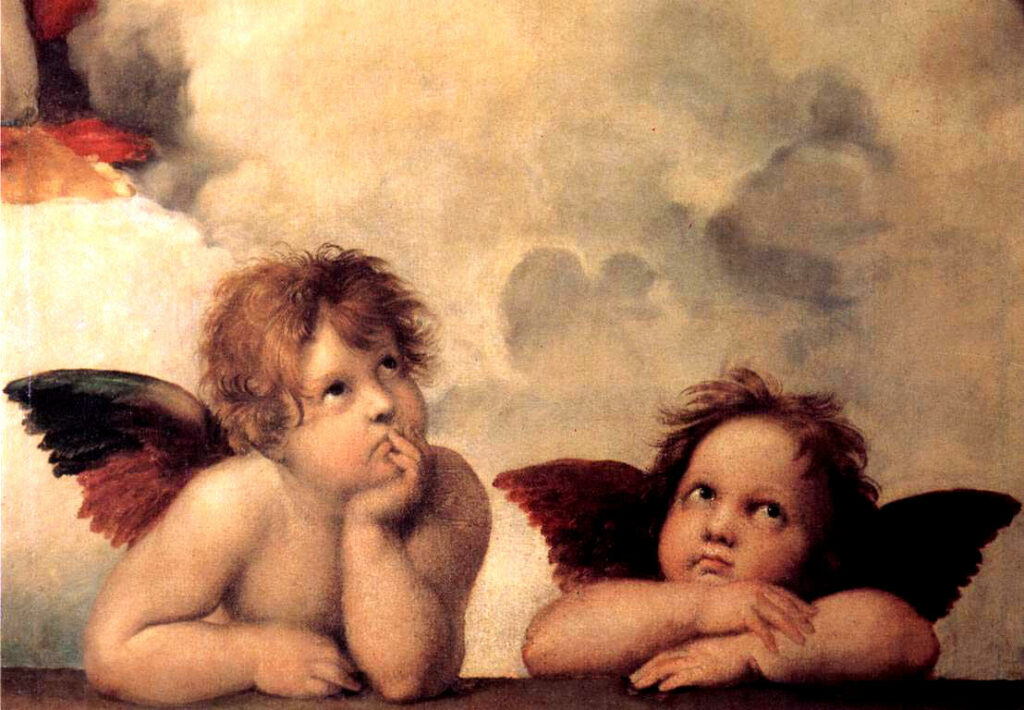
As if that were not enough, pagan Cupid and his close relatives, the putti, were thrown into the mix and confusingly named “cherubs,” upstaging God’s thundering cherubim with annoying, fat, chubby children. Some of the most famous putti appear in a detail of Raphael Sanzio’s “Sistine Madonna.” The Renaissance master painted the piece 1512–1513, and the winged babies can still be found today on schmaltzy coffee mugs, Christmas ornaments and — you guessed it — face masks.
The Northern Renaissance, from which the Lutheran artist Lucas Cranach, hailed, were also influenced by the angels from the “Samothrace” mold. These northern artists were hampered by, strangely, hairstyles of the day. The male angels sported long, curly locks instead of a more masculine coif. The central panel of the altarpiece of St. Michael, painted by Gerard David circa 1510, demonstrates this tendency. One must look twice to confirm Michael’s gender.
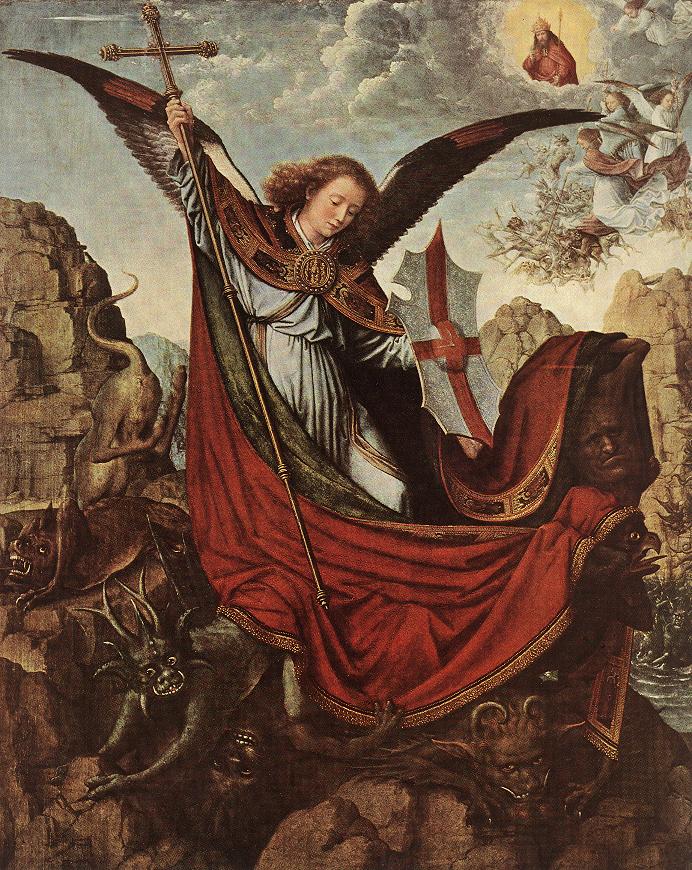
Eastern Orthodox to the rescue
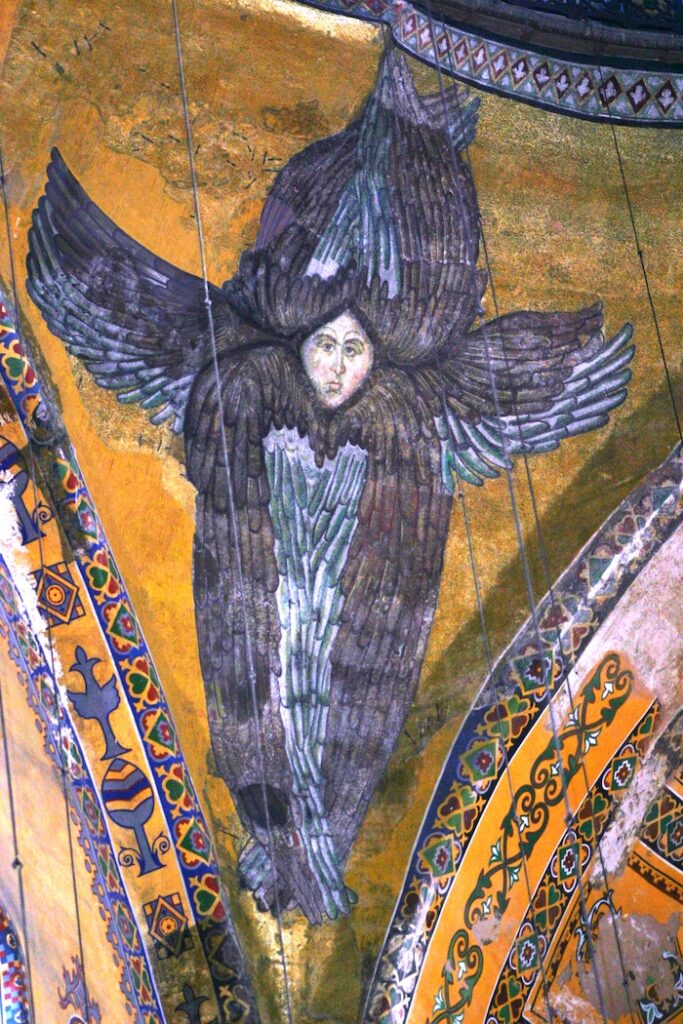
The Eastern Orthodox Church came to the rescue by tempering Renaissance art with odd, though technically correct, depictions of angels — well, at least with one rank of angels. The Eastern Church kept alive the depiction of a six-winged seraph, who sometimes shows its face, sometimes does not, yet seems to be in perpetual flight. While many examples can be found on Orthodox icons, our example is a fresco found at the Hagia Sophia Grand Mosque (formerly the Church of Hagia Sophia, or Church of the Holy Wisdom) in Istanbul, Turkey.
Scripture does not give full descriptions of angels apart from the seraphim, even though other ranks are named. We should, therefore, probably allow for varied roles and appearances, including those with fewer — or more — wings. Scripture uses masculine angelic names, which is why it is best to reflect that in Christian artwork.
The assumption must also be made that they naturally instill fear. The angel of death destroyed the firstborn of Egypt; another single angel destroyed the entire camp of 185,000 Assyrians. The Father’s love for us becomes blindingly apparent, therefore, when angels are sent to frail humanity bearing the Gospel. Even lowly shepherds, working near the birthplace of our Lord, knew enough to fear those who suddenly appear from heaven. So it was that those frightening angels, reflecting the Father’s will, first declared, “Fear not.”
Fig. 1: © Lyokoï88 / CC BY-SA 4.0. Access here.
Fig. 2: Public domain. Access here.
Fig. 3: Public domain. Access here.
Fig. 4: © José Luiz Bernardes Ribeiro / CC BY-SA 3.0. Access here.


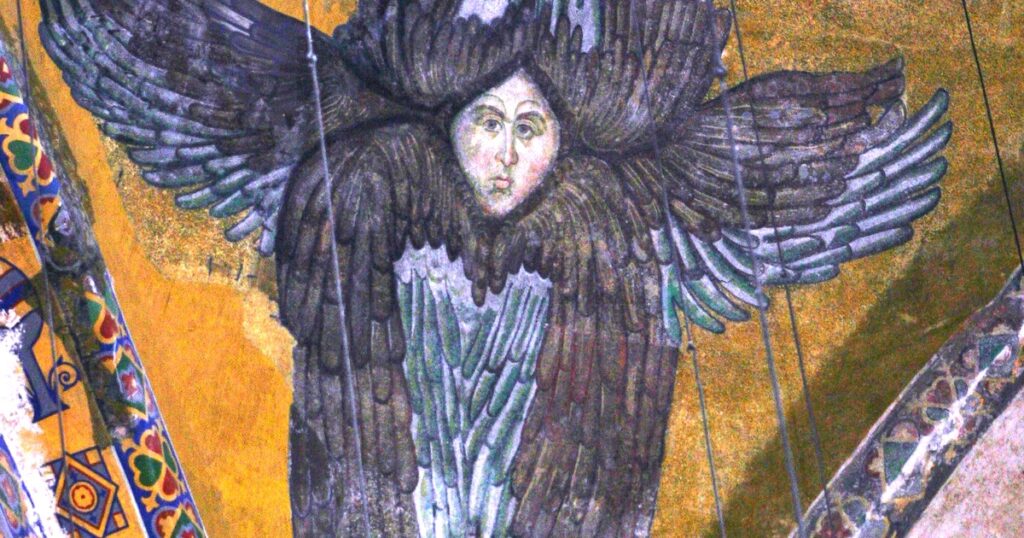
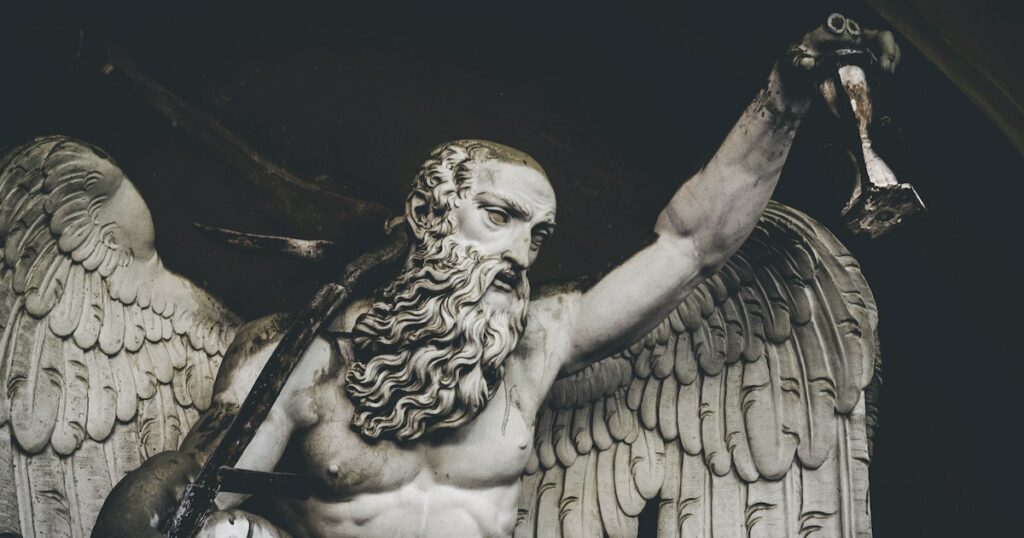
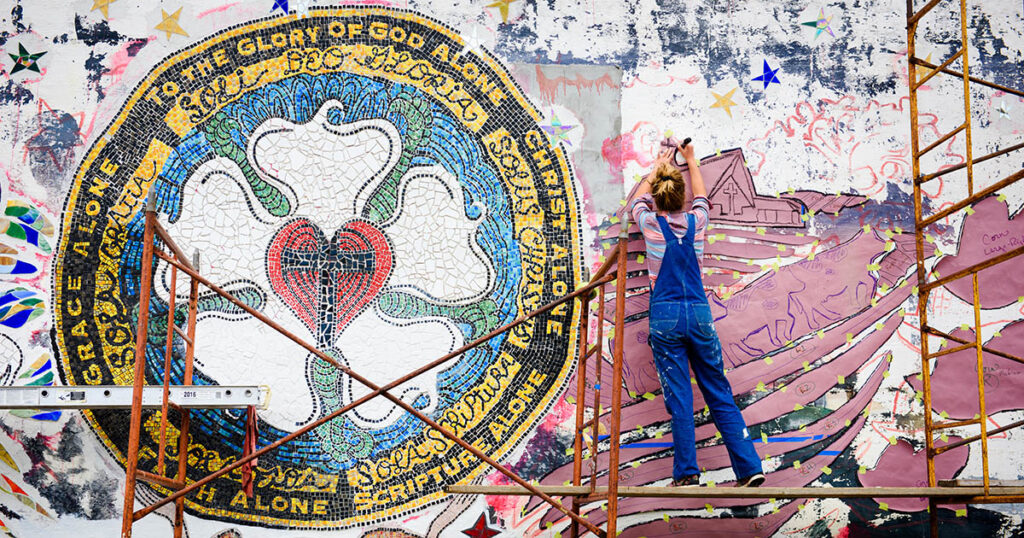
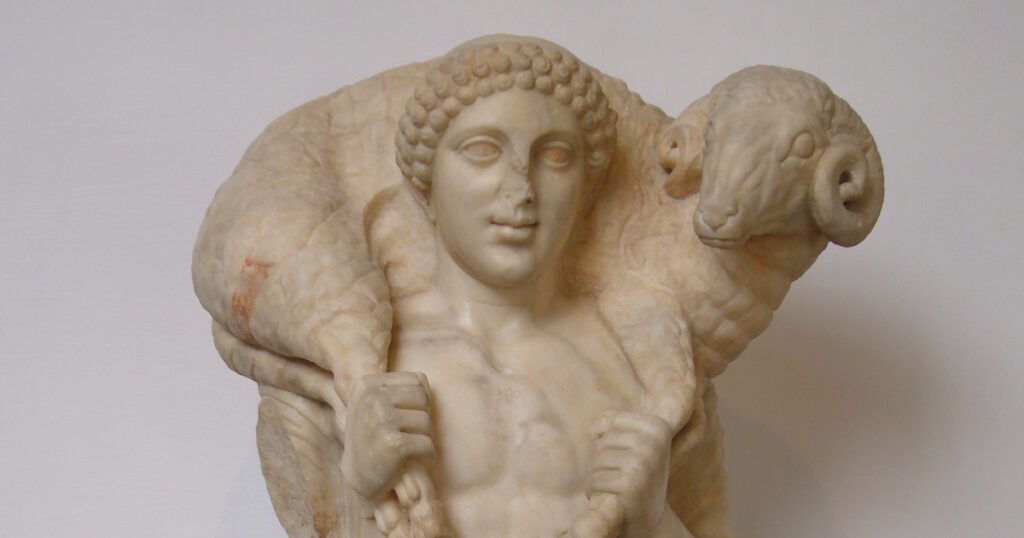
Thank you for this article. It is very enlightening.
Although the angels who came to destroy Sodom and Gomorrah were powerful, the men of Sodom mistook them for attractive, vulnerable men – not intimidating at all. Don’t let’s generalize too much about how angels in human form may appear.
I’m not sure we can extrapolate how the angels appeared from the actions of the men of Sodom. One could just as easily infer that the Sodomites preferred strong, manly men and trusted in their superior numbers to overcome the angels.
I very much enjoyed the “Six-Winged Killing Machines” article by Edward Riojas. I did not want it to end! So, I’m glad I could see more at this site.
Wonderful article. I would enjoy more artwork from from Eastern Orthodox, Byzantine and the near east. It’s not easy to find.
Linda, you can go to orthodox churches in person if near you or go online to them to acquire icons. You could also just search “icons” or “Byzantine icons”.
This is what I have understood for some time. Humans do not become angels.
I think angels can be in several forms to accomplish God’s Will. Even a human form. Yes Those who appeared to Mary , and at the tomb of our Lord, and on the transformation of Jesus. None were described in scripture.
But I agree,
I believe in battle they make the wicked witch of the west’s flying monkeys look like puppy dogs. Or Aliens small potatoes.